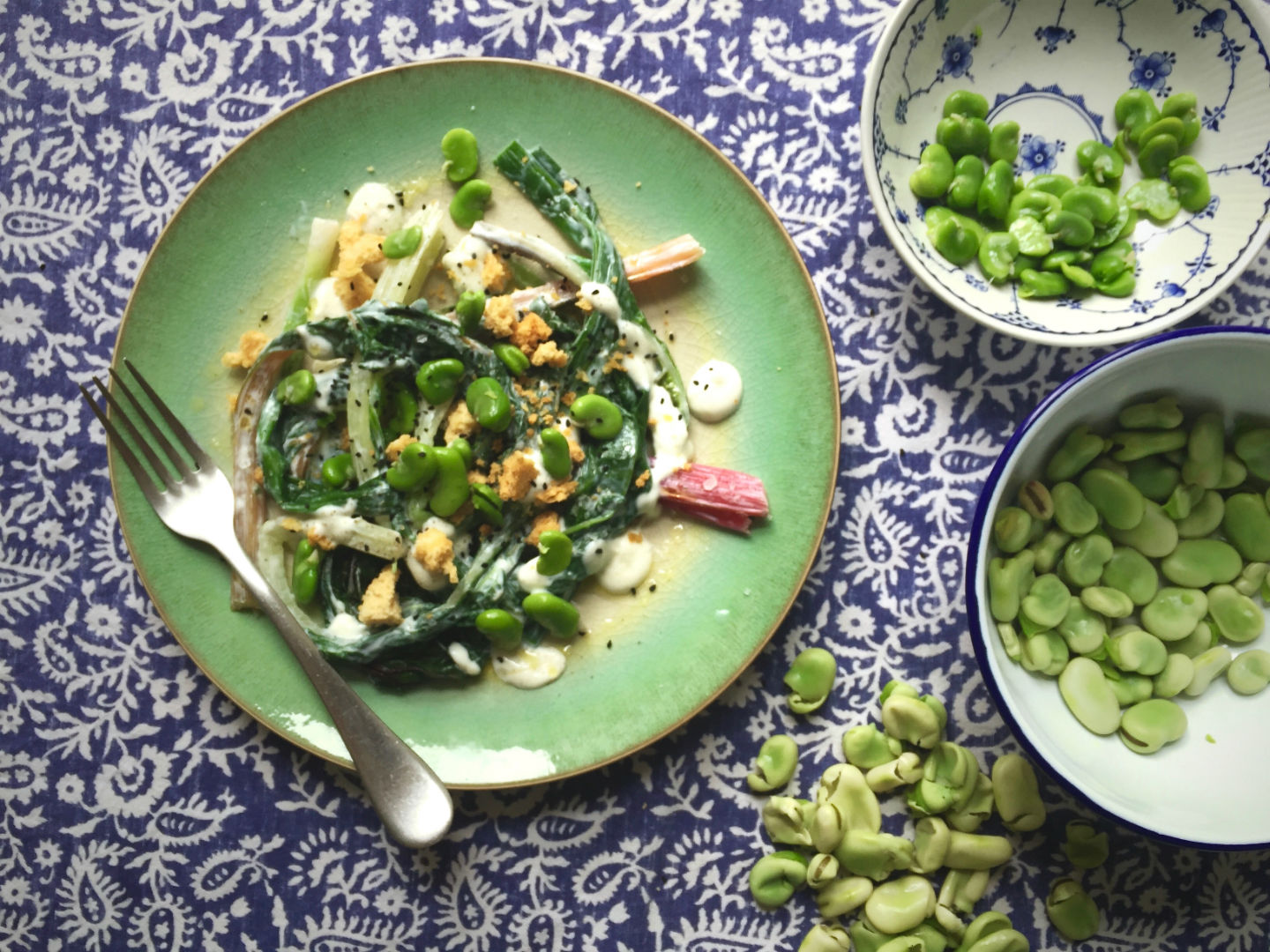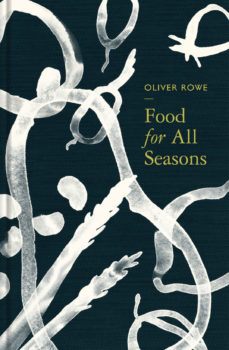
Essentially a fancy word for boiling, blanching is one of those cooking techniques that somehow feels a bit ‘cheffy’ and often gets disregarded by domestic cooks. However, blanching is one of the building blocks of lots of dishes, from pastas to salads, soups and beyond. It’s a good one to have in your seasonal arsenal of culinary skills.

No two vegetables take the same length of time to cook, and they take different times depending on their size too, so part of blanching is about prepping your vegetables well, making sure they’re a fairly even size, or sorting them into batches. Wash and trim them – give them some love – then drain them carefully. Put a large pan of water on to boil, the larger the better: you want lots of room for the vegetables to move around it. The more experienced you get, the larger the batches in less water you can cook but as a basic rule of thumb, lots of water is better. And it should be well salted. Put a lid on, and while it’s coming to a boil, set aside a large bowl of cold water – iced if possible. Again, the larger the better (within reason), as you want to stop the vegetables cooking quickly, and the more water there is the faster this will happen.

I generally think tender as opposed to crunchy or soft. Chard stalks should give to a strong pinch. Beetroot leaves take no time at all. A good spider (metal, target-shaped utensil) is invaluable as it allows you to take out as much as you can from the pan at once without tipping away the water – leaving you ready for the next batch. Once done, remove the veg from the boiling water and plunge them into the cold. Stir a little, being careful of pockets of hot water, then leave to fully cool for a couple of minutes. Remove from the water and drain. Leaves, like spinach, will probably need a good squeeze. This is a great point to take spinach to before freezing, squeezed firmly of water into balls and popped into a freezer bag.
RECIPE: Chard, spring onion and broad bean salad with sourdough breadcrumbs, crème fraiche and wasabi dressing

500g swiss or rainbow chard
700g broad beans podded
1 bunch spring onions
3 slices sourdough
1 small tub crème fraiche
3 tbsp olive oil
1cm freshly grated wasabi (I use British wasabi from the Wasabi Company in Devon) or 1 tsp ready made. Check for taste. You may want to add more or less to taste.
Juice of about half a lime
Nigella seeds
salt/pepper
Pre-heat the oven to 165*C
Tear the bread into big crumbs, toss with 1 tbsp oil and a pinch of salt, bake in the oven for about 20 minutes or until golden brown.
Blanch the chard and spring onions until just tender and refresh immediately. Use the same boiling water to cook the broad beans for 2 minutes and refresh these also. Drain and skin the beans.
Mix the crème fraîche with the remaining oil and the wasabi. Season with salt and a squeeze of lime juice.
Toss the chard and spring onions with half the dressing and arrange on plates, drizzle the rest of the dressing on top and sprinkle with breadcrumbs and beans. Finish with a little extra olive oil, a few nigella seeds and black pepper.
Food For All Seasons by Oliver Rowe (Faber) is now available in shops. Oliver Rowe appears at Owl Bookshop, Kentish Town Road on Monday June 27th at 6.30pm to talk about the new book. Tickets £5 in-store or Tel 020 7485 7793. More details @owlbookshop


